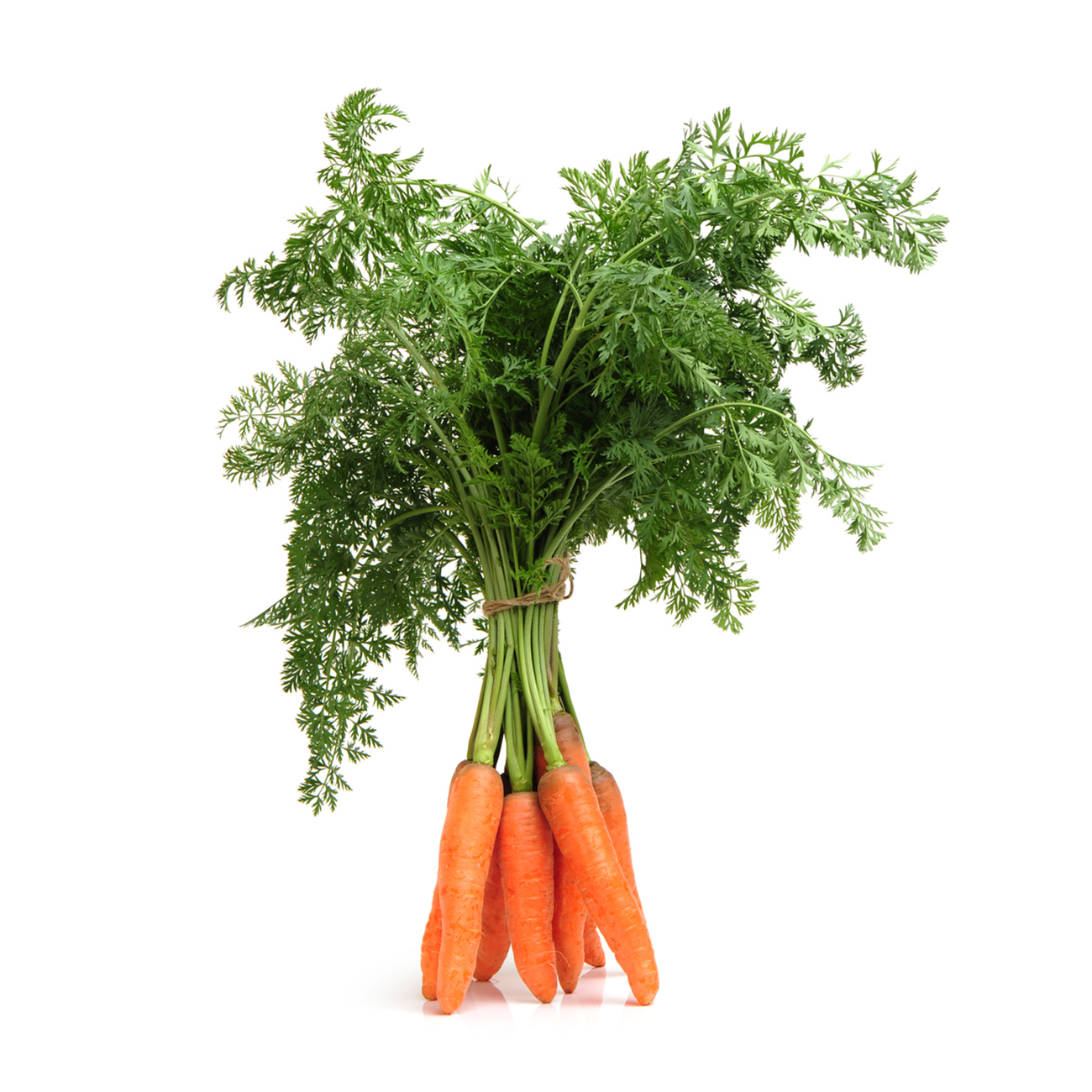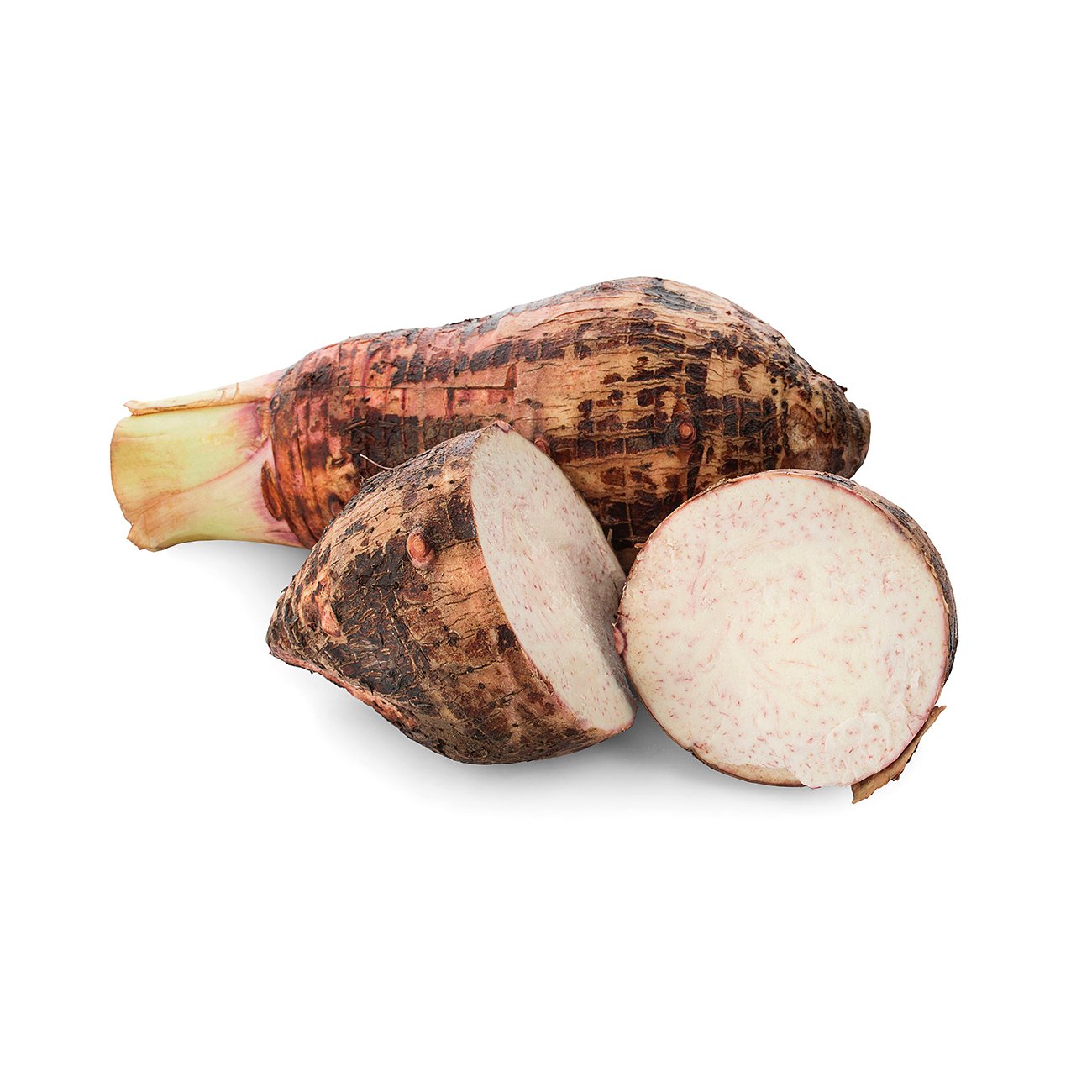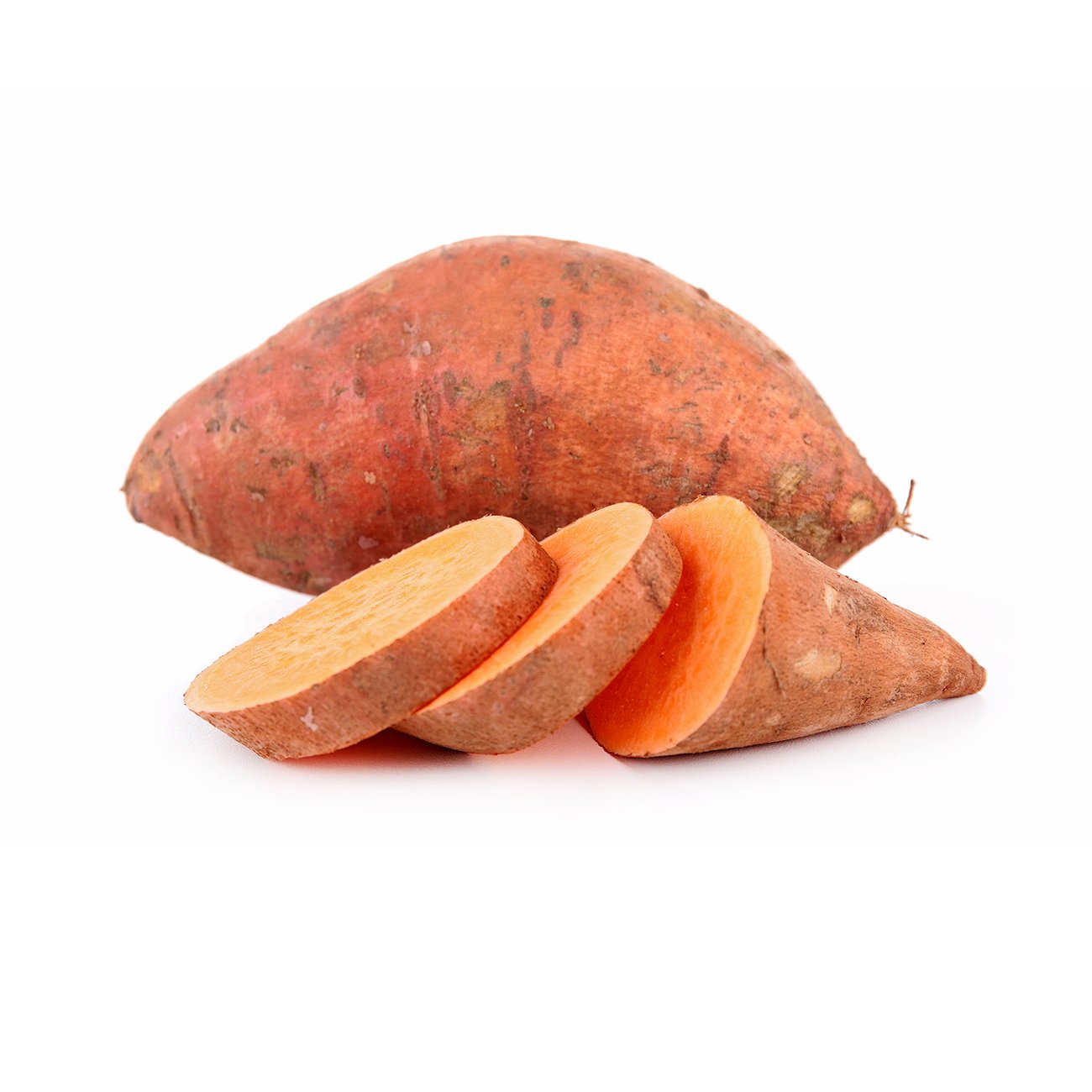Parsnip
A cream-coloured root veg that adds sweetness and richness.
Alternative Name
N/A
Scientific Name
Pastinaca sativa
Health benefits
Parsnips are a root vegetable belonging to the carrot family. They have tapered roots shaped like a carrot but they are white. Parsnips have a delicate, sweet and slightly nutty flavour. Excellent roasted, mashed, baked and made into chips. You can even bake parsnips into cakes.
-
Harvesting
High quality parsnip is firm, reasonably clean and fairly smooth surfaced. Parsnips are topped after harvesting but should not be trimmed into the crown. They are harvested when root diameters are 2.5–7.6cm at the shoulder. Parsnips are graded based on shape, external appearance and size. Surface browning is a significant problem that is largely associated with bruising and abrasion injury during harvest. Crops grown on coarse sandy soils are more susceptible and there are cultivars that are resistant to browning. Surface browning also increases with length of storage and can be reduced with postharvest dips. Waxing parsnips to reduce moisture loss will increase browning.Postharvest storage temperature
Rapid cooling to 5°C or below immediately after harvest is essential to minimise decay and moisture loss during extended storage. Roots can be stored 4–6 months at 0–1°C with 98% relative humidity. Only healthy roots with no damage should be placed in storage. Parsnips are not chilling sensitive. The highest freezing temperature is -0.9°C.Controlled atmosphere storage
There have been no benefits to controlled atmosphere storage reported for parsnip.Ethylene sensitivity
Parsnips produce very little ethylene. Exposure to low levels in cold storage causes bitterness, likely due to accumulation of xanthotoxin (8-methoxypsoralen).Humidity storage
Parsnip roots can be stored 4–6 months at 0–1°C with 98% relative humidity.Disease & infection
Diseases of importance during storage, transit and marketing are parsnip canker, grey mould rot, bacterial soft rot and watery soft rot. Some cultivars are resistant to parsnip canker. -
Peel before use. Keep in vegetable drawer of fridge.

You might also like
Veggy tip
Young parsnips do not need peeling, while older parsnips may need to be peeled. While similar to carrots in that they are root vegetables, they are less dense and should not be cooked for as long.



